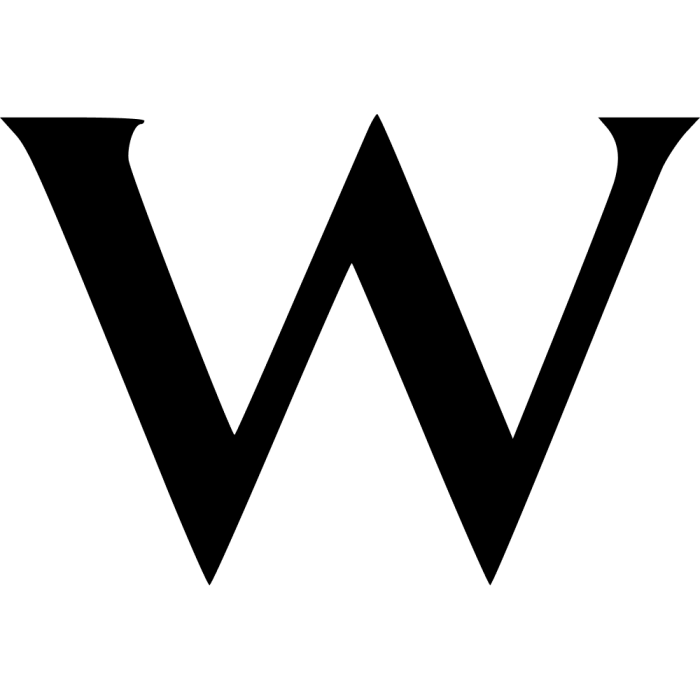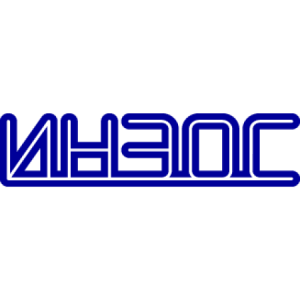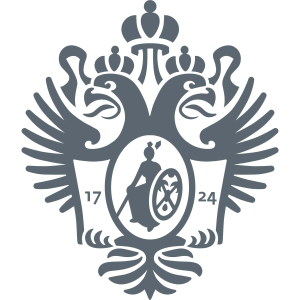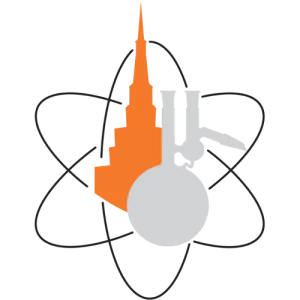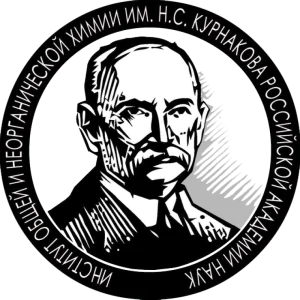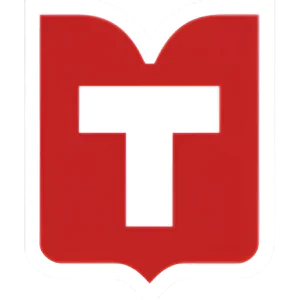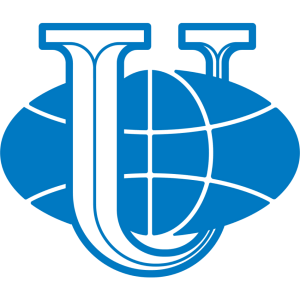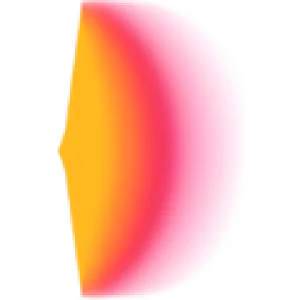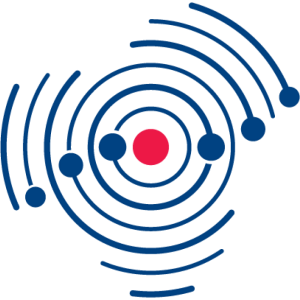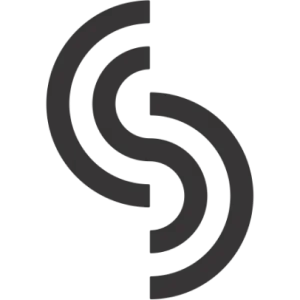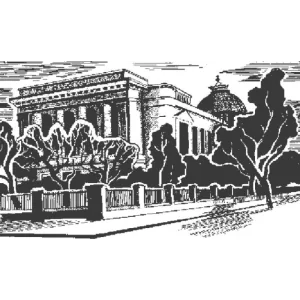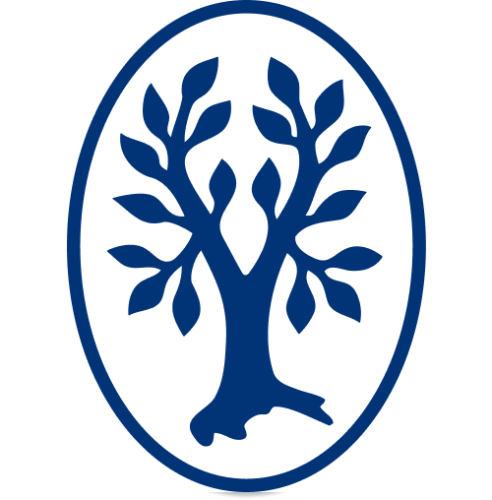Open Access


Stereoelectronic Chameleons: The Donor–Acceptor Dichotomy of Functional Groups
Publication type: Journal Article
Publication date: 2016-11-11
scimago Q1
wos Q2
SJR: 0.981
CiteScore: 6.7
Impact factor: 3.7
ISSN: 09476539, 15213765
PubMed ID:
27862399
General Chemistry
Catalysis
Organic Chemistry
Abstract
CHEMeleon: Stereoelectronic factors account for the apparent reversal of donor–acceptor properties of a variety of functional groups by a simple change of their orientation in space. The new reactivity patterns that arise from spatial anisotropy are associated with chameleonic behavior of common organic functionalities.
Found
Nothing found, try to update filter.
Found
Nothing found, try to update filter.
Top-30
Journals
|
1
2
3
4
5
6
7
8
9
|
|
|
Journal of Organic Chemistry
9 publications, 9.18%
|
|
|
Journal of the American Chemical Society
7 publications, 7.14%
|
|
|
Organic Letters
5 publications, 5.1%
|
|
|
Organic and Biomolecular Chemistry
5 publications, 5.1%
|
|
|
ACS Catalysis
3 publications, 3.06%
|
|
|
Molecular Catalysis
3 publications, 3.06%
|
|
|
Chem
3 publications, 3.06%
|
|
|
Journal of Physical Organic Chemistry
3 publications, 3.06%
|
|
|
Chemical Communications
3 publications, 3.06%
|
|
|
European Journal of Organic Chemistry
2 publications, 2.04%
|
|
|
Russian Chemical Reviews
2 publications, 2.04%
|
|
|
Molecules
2 publications, 2.04%
|
|
|
Organometallics
2 publications, 2.04%
|
|
|
Research on Chemical Intermediates
2 publications, 2.04%
|
|
|
Asian Journal of Organic Chemistry
2 publications, 2.04%
|
|
|
Chemistry - A European Journal
2 publications, 2.04%
|
|
|
Applied Organometallic Chemistry
2 publications, 2.04%
|
|
|
Physical Chemistry Chemical Physics
2 publications, 2.04%
|
|
|
Organic Chemistry Frontiers
2 publications, 2.04%
|
|
|
Synthesis
2 publications, 2.04%
|
|
|
Synlett
2 publications, 2.04%
|
|
|
Coordination Chemistry Reviews
2 publications, 2.04%
|
|
|
Russian Journal of Organic Chemistry
1 publication, 1.02%
|
|
|
Chemical Society Reviews
1 publication, 1.02%
|
|
|
Doklady Chemistry
1 publication, 1.02%
|
|
|
Journal of Computational Chemistry
1 publication, 1.02%
|
|
|
Inorganic Chemistry Frontiers
1 publication, 1.02%
|
|
|
Frontiers in Chemistry
1 publication, 1.02%
|
|
|
Scientific Reports
1 publication, 1.02%
|
|
|
Nature Communications
1 publication, 1.02%
|
|
|
1
2
3
4
5
6
7
8
9
|
Publishers
|
5
10
15
20
25
30
|
|
|
American Chemical Society (ACS)
29 publications, 29.59%
|
|
|
Wiley
18 publications, 18.37%
|
|
|
Royal Society of Chemistry (RSC)
16 publications, 16.33%
|
|
|
Elsevier
14 publications, 14.29%
|
|
|
Springer Nature
6 publications, 6.12%
|
|
|
Georg Thieme Verlag KG
4 publications, 4.08%
|
|
|
MDPI
3 publications, 3.06%
|
|
|
Pleiades Publishing
2 publications, 2.04%
|
|
|
Autonomous Non-profit Organization Editorial Board of the journal Uspekhi Khimii
2 publications, 2.04%
|
|
|
Frontiers Media S.A.
1 publication, 1.02%
|
|
|
OOO Zhurnal "Mendeleevskie Soobshcheniya"
1 publication, 1.02%
|
|
|
Taylor & Francis
1 publication, 1.02%
|
|
|
5
10
15
20
25
30
|
- We do not take into account publications without a DOI.
- Statistics recalculated weekly.
Are you a researcher?
Create a profile to get free access to personal recommendations for colleagues and new articles.
Metrics
98
Total citations:
98
Citations from 2025:
3
(3.06%)
Cite this
GOST |
RIS |
BibTex |
MLA
Cite this
GOST
Copy
Vatsadze S. Z. et al. Stereoelectronic Chameleons: The Donor–Acceptor Dichotomy of Functional Groups // Chemistry - A European Journal. 2016. Vol. 23. No. 14. pp. 3225-3245.
GOST all authors (up to 50)
Copy
Vatsadze S. Z., Loginova Y. D., Gomes G. D. P., Alabugin I. V. Stereoelectronic Chameleons: The Donor–Acceptor Dichotomy of Functional Groups // Chemistry - A European Journal. 2016. Vol. 23. No. 14. pp. 3225-3245.
Cite this
RIS
Copy
TY - JOUR
DO - 10.1002/chem.201603491
UR - https://doi.org/10.1002/chem.201603491
TI - Stereoelectronic Chameleons: The Donor–Acceptor Dichotomy of Functional Groups
T2 - Chemistry - A European Journal
AU - Vatsadze, Sergey Z.
AU - Loginova, Yulia D
AU - Gomes, Gabriel Dos Passos
AU - Alabugin, Igor V.
PY - 2016
DA - 2016/11/11
PB - Wiley
SP - 3225-3245
IS - 14
VL - 23
PMID - 27862399
SN - 0947-6539
SN - 1521-3765
ER -
Cite this
BibTex (up to 50 authors)
Copy
@article{2016_Vatsadze,
author = {Sergey Z. Vatsadze and Yulia D Loginova and Gabriel Dos Passos Gomes and Igor V. Alabugin},
title = {Stereoelectronic Chameleons: The Donor–Acceptor Dichotomy of Functional Groups},
journal = {Chemistry - A European Journal},
year = {2016},
volume = {23},
publisher = {Wiley},
month = {nov},
url = {https://doi.org/10.1002/chem.201603491},
number = {14},
pages = {3225--3245},
doi = {10.1002/chem.201603491}
}
Cite this
MLA
Copy
Vatsadze, Sergey Z., et al. “Stereoelectronic Chameleons: The Donor–Acceptor Dichotomy of Functional Groups.” Chemistry - A European Journal, vol. 23, no. 14, Nov. 2016, pp. 3225-3245. https://doi.org/10.1002/chem.201603491.
